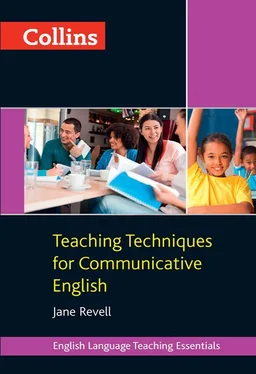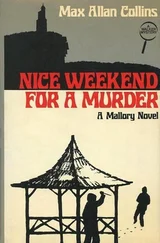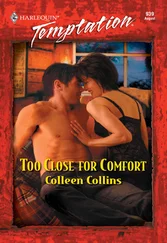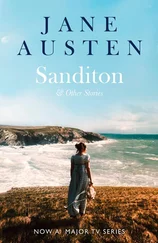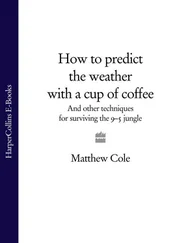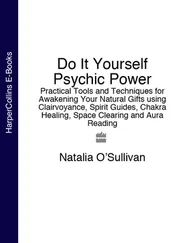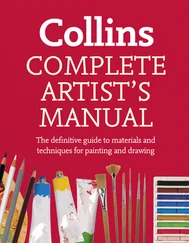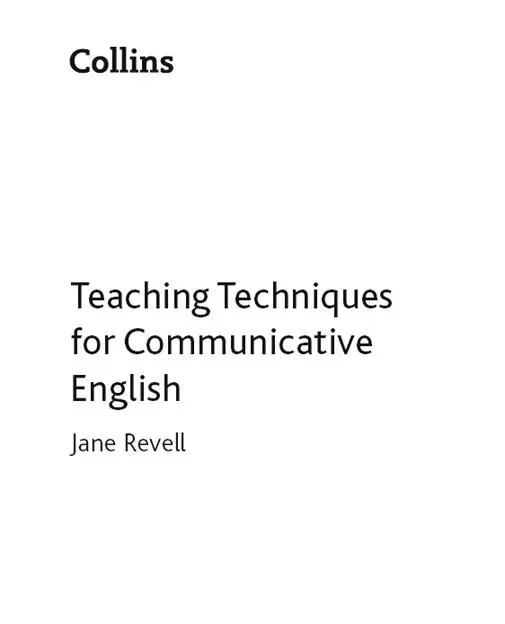
Acknowledgements
About the Author About the Author Jane Revell is an award-winning ELT author who has worked globally in ELT as an educator, manager and trainer since the early 70s. She is widely known in many countries and is greatly respected for her continued contributions and inspiring workshops. Jane is also a Master Practitioner and Certified Trainer of NLP, and a Pilates instructor. www.janerevell.com
Preface to the Second Edition (2011)
Preface to the First Edition (1979)
1 Communication
1.1 Surprises
1.2 Communication
1.3 Communicative competence
1.4 Teaching communicative competence
1.5 Accuracy versus fluency
2 Limbering up
2.1 Getting in the mood
2.2 Possible problems
2.3 Dealing with mistakes
2.4 ‘Getting to know you’ games
1 Adding on names
2 Throw and name
3 Back to back
4 Find out and report back
5 Half and half
6 Find your identical twin
7 Just the job
8 Untie the knot
9 Circle of trust
10 Three make a tree!
2.5 Activities involving gesture and mime
1 Interpreting gestures
2 Mime a message
3 What’s my job?
4 Pass the parcel
5 Guess what the guest means!
6 Mime a story
7 Charades
8 Auditions
9 Build up a character
10 Listen and act it out
2.6 Activities involving intonation and expression
1 React to the news
2 React and make a gesture
3 Mood cards
4 Three or four line dialogues
2.7 What would you say?
1 Practising set responses
2 Practising specific structures
3 Practising specific functions
4 Practising making an appropriate response
3 From script to spontaneity
3.1 Scripted and partially scripted dialogues
1 Using a sketch
Anything to declare?
2 Using a text in reported speech
3 Half-dialogues
3.2 Questionnaires
1 Simple fact-finding questionnaires
2 Multiple-choice questionnaires
3 Checklists
4 Using role-cards with questionnaires
3.3 Cue cards
1 Listen and choose
2 Choose an attitude
3 Picture cue cards
4 Functional cue cards
Conversation 1
Conversation 2
Conversation 3
4 Playing a part
4.1 Newspaper articles
Article 1
Article 2
4.2 Cartoons
Cartoon 1
Cartoon 2
Cartoon 3
4.3 Miscellaneous Materials
Maps
Activity 1: Planning a trip
Activity 2: Getting around by tube
Activity 3: Buying a tube ticket
Menus
Building up a role-play
House Plans
4.4 Role cards
Role-play 1: The New Suit
Role-play 2: Diamonds in the Briefcase
Role-play 3: Fully booked!
Role-play 4: Where to go?
Role-play 5: Renting a room
Role-play 6: Making a sale
Role-play 7: Making a sale
Role-play 8: Pop Festivals
Role-play 9: Anniversary dinner
Role-play 10: A dream house?
Conclusion
Notes
Appendices
A.1 Original Bibliography
A.2 Original Practical Material
A.3 Ready-made simulations
A.4 Useful addresses
A.5 Useful books and sources for ideas
Copyright
About the Publisher
Acknowledgements
… for the First Edition (1979)
I should like to acknowledge my special indebtedness to Hugh L’Estrange who read this book and made lots of useful suggestions (and who also helped out with the typing when one finger proved too slow!).
I should also like to thank Frances Newman and John Johnson of Kingsway-Princeton College of Further Education, London for their excellent ideas ( see particularly page 87 and page 80) and also Dr David Thomas of the University of Bristol, Department of Drama.
… for the Second and Third Editions (2011, 2013)
Many thanks to Bob Janes for his tremendous support and encouragement, and for all his hard work in putting the book together and giving it a more modern and attractive look.
Also to Andy Cowle for his enthusiasm and committment to making this series available to teachers again years later, and to HarperCollins for taking it under their wing.
Jane Revell is an award-winning ELT author who has worked globally in ELT as an educator, manager and trainer since the early 70s. She is widely known in many countries and is greatly respected for her continued contributions and inspiring workshops. Jane is also a Master Practitioner and Certified Trainer of NLP, and a Pilates instructor.
www.janerevell.com

Preface to the Second Edition (2011)
Teaching Techniques for Communicative English was the very first book I ever wrote and it’s now just over thirty years old. (Unlike me.)
We decided to publish a new edition because the ideas in the book are still valid today and because it contains a lot of useful advice for teachers and a fair amount of food for thought.
When it was first published in 1979 – as the first in a new series of teachers’ books for Macmillan – it was quite radical. The 1970s was an era of great change in English Language Teaching, of attempts to put into practice many new theories about language being proposed by linguists at that time. Today we are very familiar with concepts such as functions, notions, social context, appropriateness and so on but in those days they were fairly new ways of thinking about language. But while the book is no longer ground-breaking, many of the issues it talks about still remain. Creating classroom activities which really get students communicating with one another in a natural and meaningful way is still very challenging. We still haven’t quite cracked it! The classroom is somewhat unnatural by its very nature so perhaps we never will. This book doesn’t pretend to have the answer either but it does attempt to offer some helpful techniques.
Reading through the book for the first time in many years I was struck at how fresh it seems. Fresh and, at the same time, a little bit quaint. I have tried not to meddle too much with either its freshness or its quaintness. I have made a few cuts and one or two small changes, but basically I have left it intact: I have left the original newspaper articles and made minimal changes to dialogues, role cards and so on. I have updated things where necessary – zoo prices, for example, have gone up from £1.60 in 1979 to £16.80 in 2009 – and
I have replaced the photographs, which looked dated, even though teachers will of course be able to download their own visual material from the Internet these days.
The use of the pronoun ‘he’ (practically throughout) irritated me a lot so I have dealt with that. I have also made changes to the tense used in some instances, as what was ‘recent’ then, no longer is. Where the text was too categorical or bossy, I have toned it down and made it more tentative.
And I have added a few things too. Some websites have been added to the ‘Useful Addresses’ section at the end; the original ‘Bibliography’ and ‘Practical Material’ sections have both been left – for historical interest – and there is a new ‘Useful Books / Sources of Ideas’ section … though several of the original books are still included here.
Читать дальше
